Home → Water Quality → Monitoring → Invasives
Invasive Aquatic Species Program
Invasive aquatic species are introduced exotic flora and fauna that displace native plant and animal communities. Infestations result in habitat disruption, loss of property values, diminished water quality, reduced fishing and water recreation opportunities and significant expense for mitigating these environmental costs. This map (pdf) shows known infested waterbodies in Maine. There are fifteen invasive aquatic plants identified in Maine law as illegal to import, sell, and transport.
Species Profiles-
Do you think you may have found an invasive aquatic plant? Use the list below of invasive aquatic plant species to help you identify what you have found. How to report a suspicious plant.
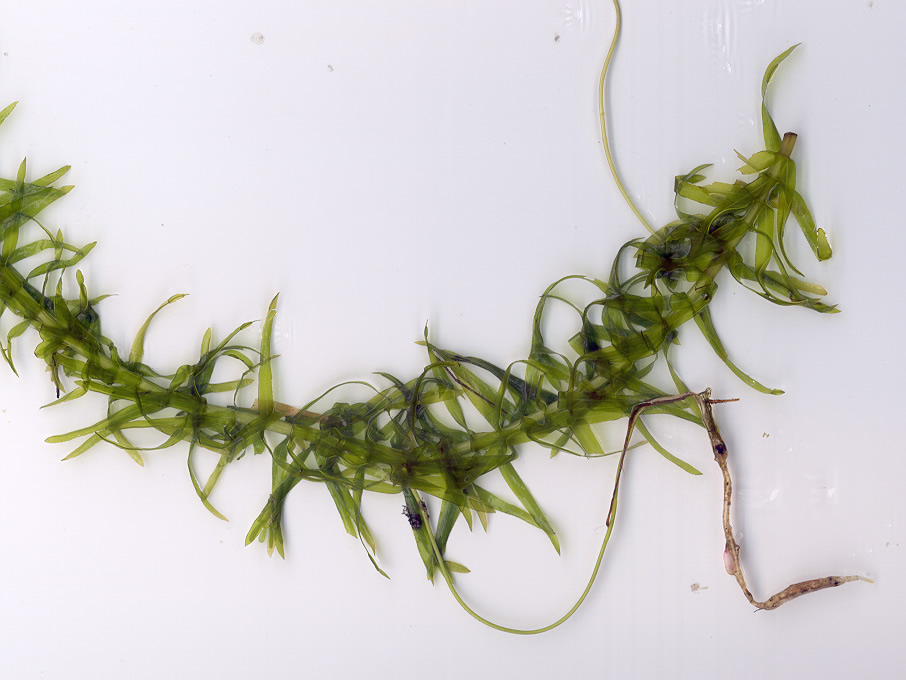
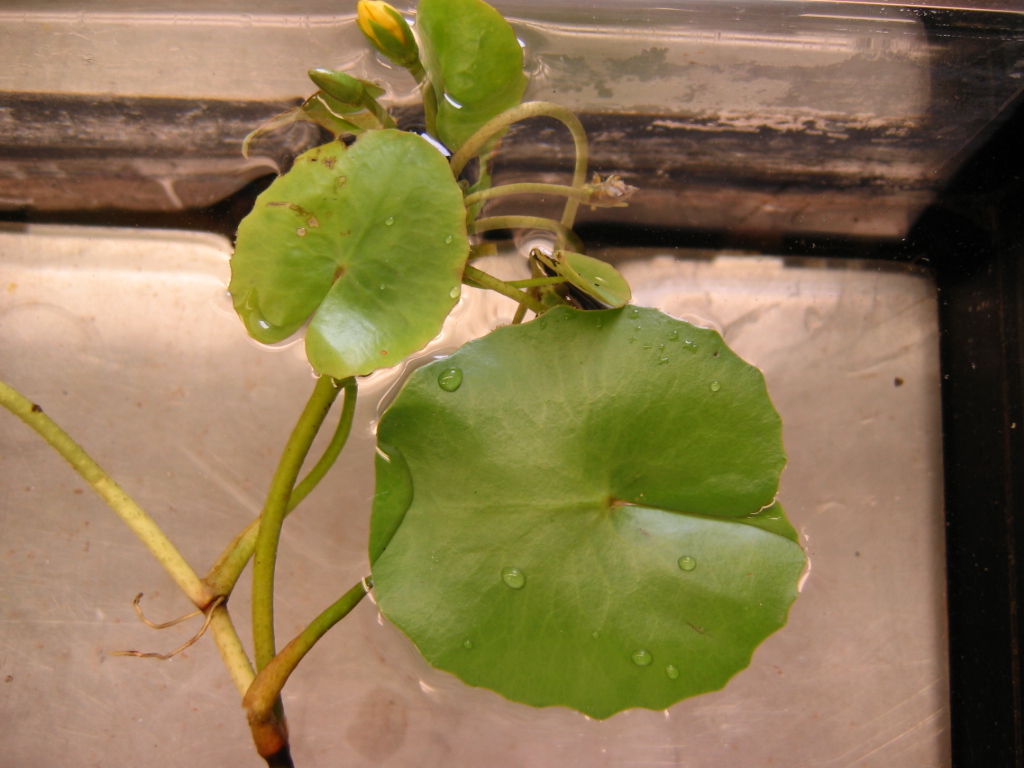
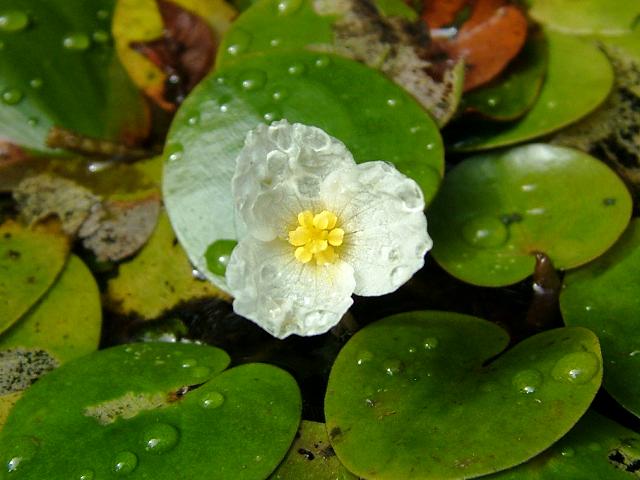
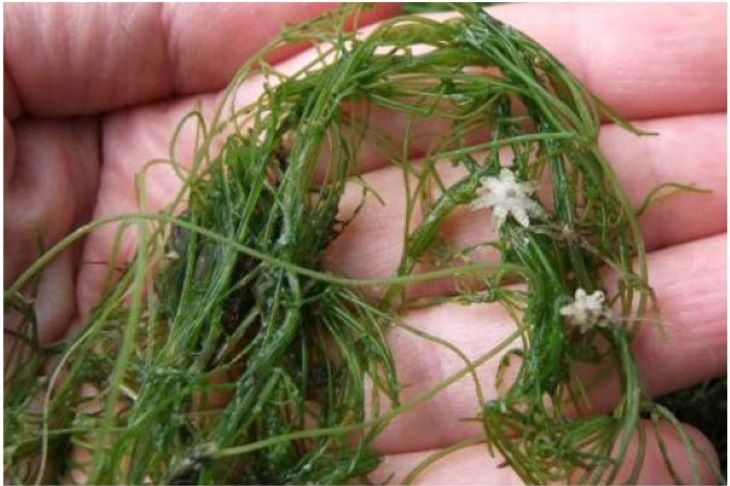
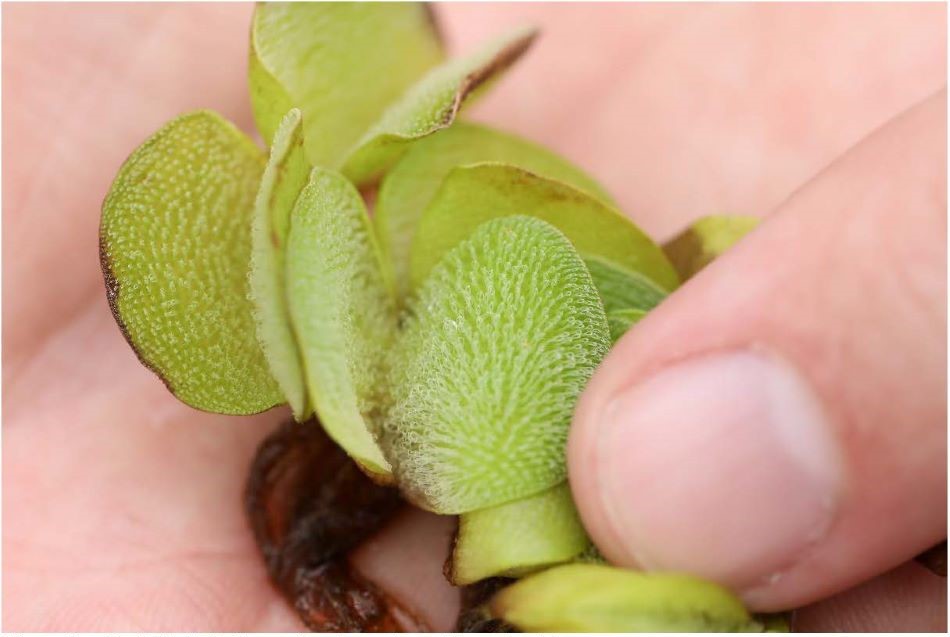
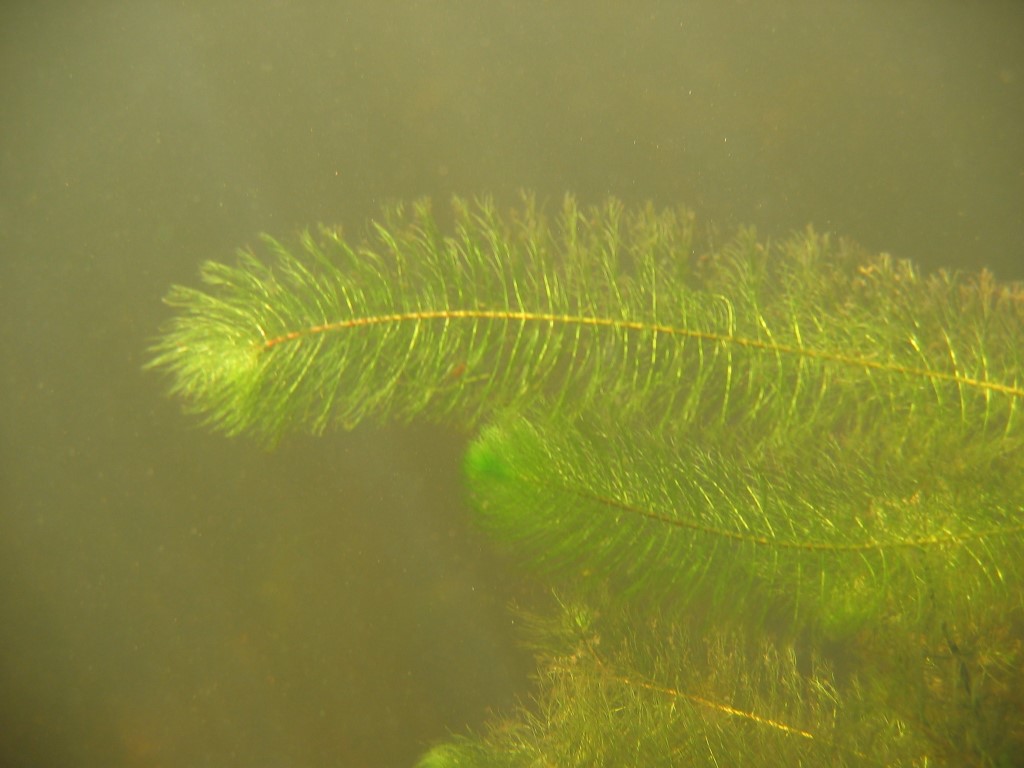
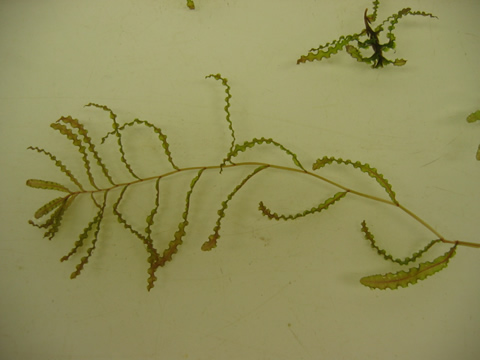
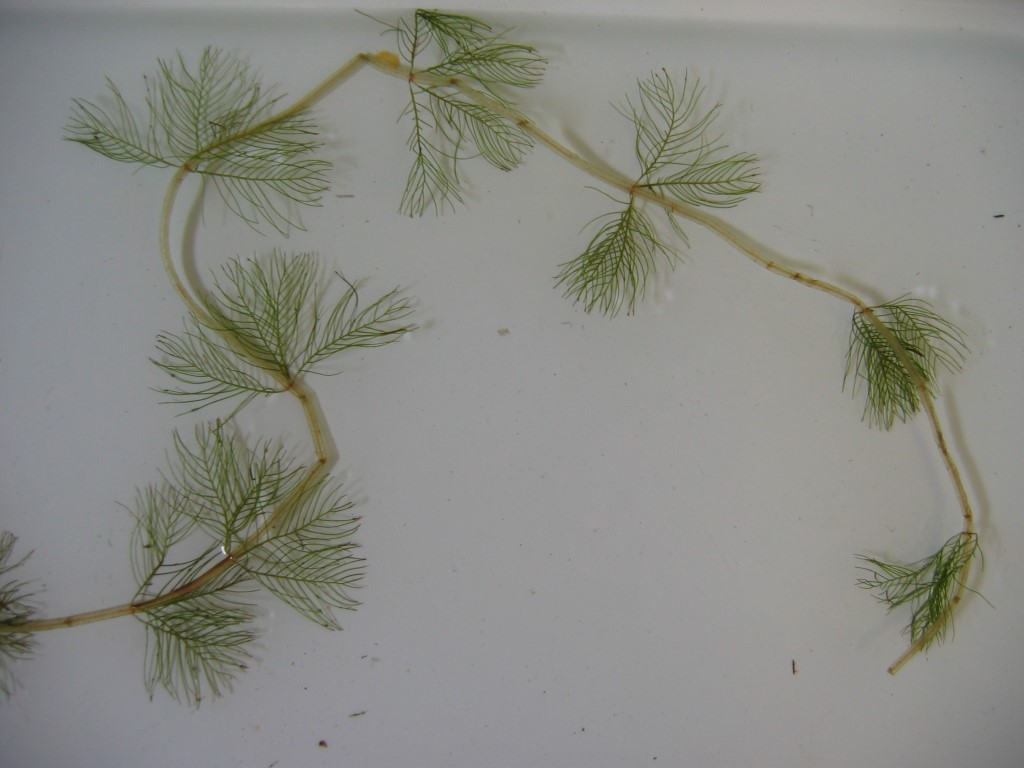
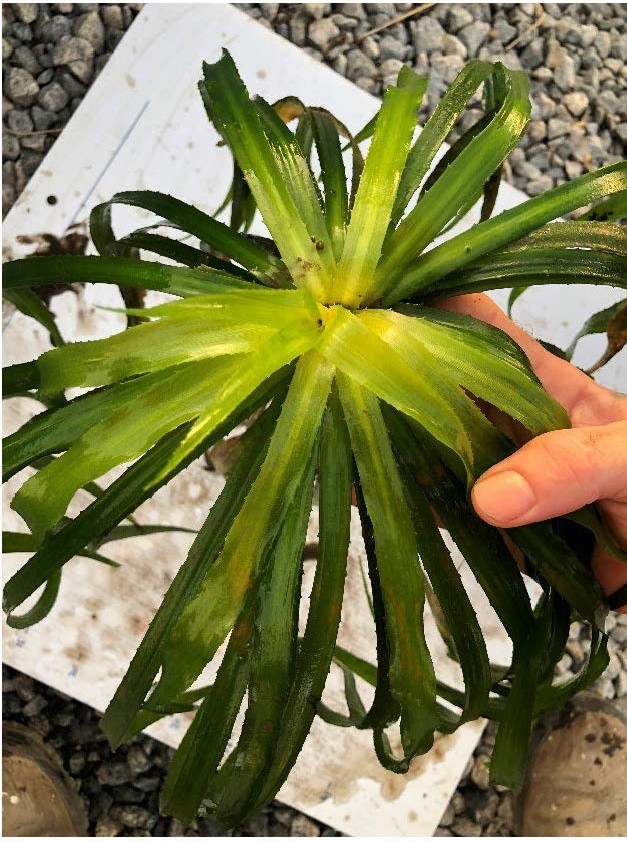
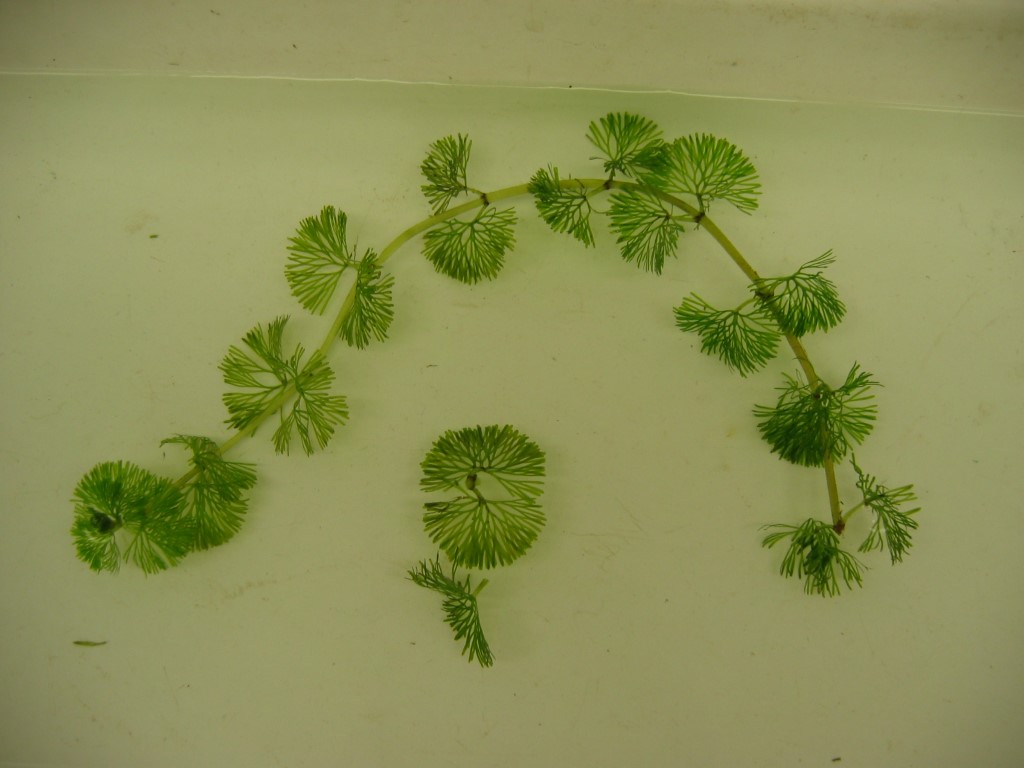
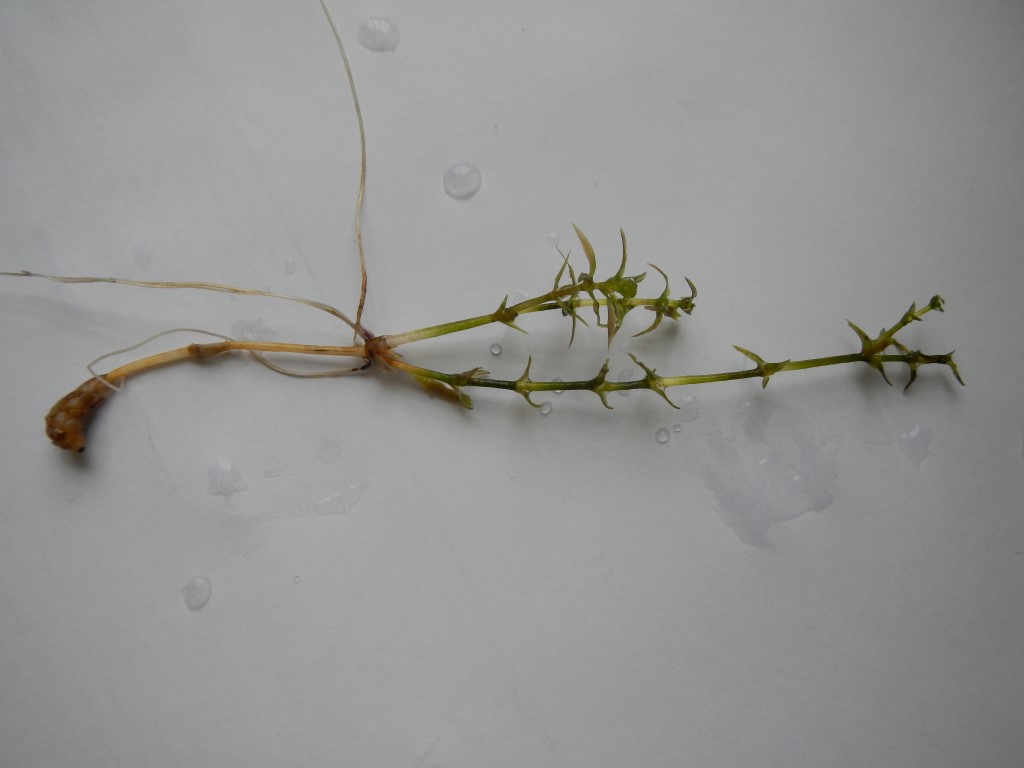
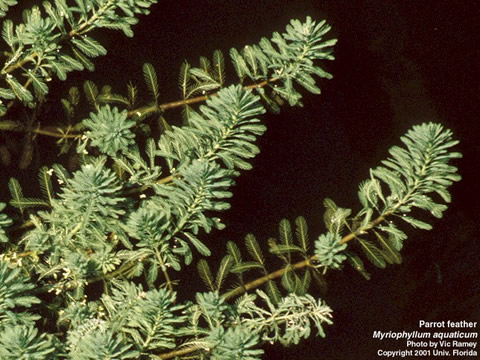
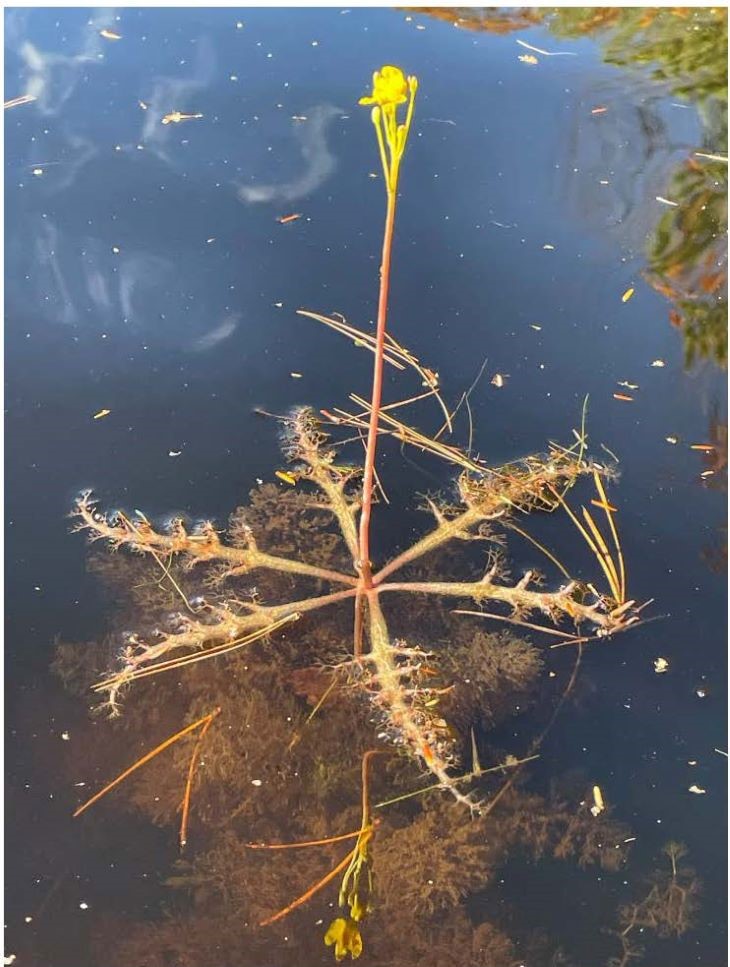
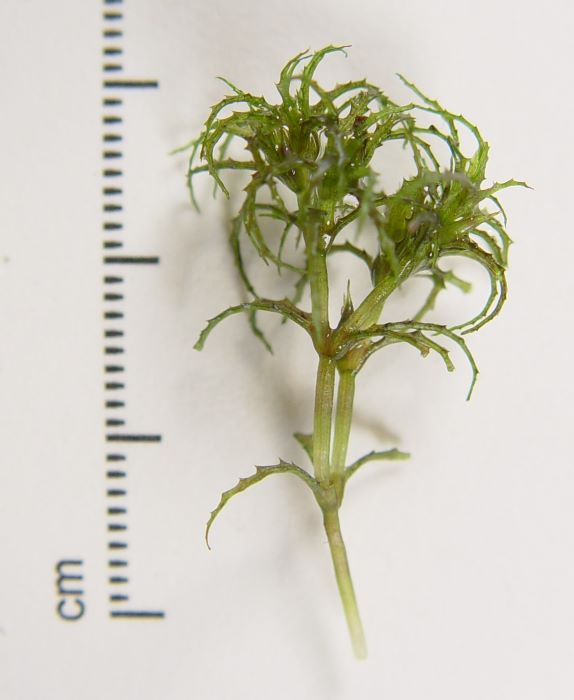
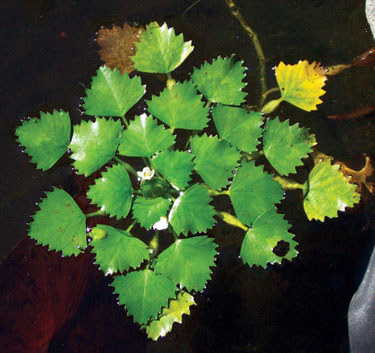
Maine DEP addresses invasive aquatic species - primarily plants - three ways: prevention, early detection and control.
These activities are funded by the Lakes and Rivers Protection Fund Sticker.
Prevention
Prevention involves educational outreach and watercraft inspections at boat ramps to keep infestation from migrating from one water body to another.
Courtesy Boat Inspections (CBI)
Lake Vulnerability to Invasive Aquatic Plants with a link to the Lake Risk Score map
Boat ramp warning signs are deployed throughout the state to inform boaters and others of the infestation status of a given lake and to remind them of the importance of inspecting boats and boating gear before entering and exiting all surface waters. They are available for uninfested and for infested water bodies. To request a sign for a launch site, please use this form.
Simple actions that prevent infestations
Water Gardeners and Aquarium Owners. Information concerning common pseudonyms for banned plants.
Early Detection
Early Detection includes monitoring public waters, seeking invasive species and responding rapidly when identified.
Using eDNA for the early detection of invasive organisms.
In 2018, Maine DEP, the University of New Hampshire and other state agencies in the northeast conducted an eDNA pilot sampling program for target invasive species in northeastern lakes. This project provides proof of concept and initial eDNA data for two invasive invertebrates: Asian clam (Corbicula fluminea) and zebra mussel (Dreissena polymorpha). These species are present in parts of the region and are considered threats to currently uninfested lakes. Improved early detection methods will support timely response and management actions. Read the full report (pdf) of this initial study.
DEP collaborates with lake associations, non-profit organizations, resource managers, municipalities and academia. Partners provide training for CBI programs and plant identification and survey training. Lake Associations make huge financial and volunteer contributions to preventing and controlling invasive species infestations. The DEP provides technical assistance and financial support to these groups. To get involved with your local lake association, e-mail milfoil@maine.gov and we will provide you current contact information for the association.
Lakes Environmental Association (LEA) – LEA administers the Courtesy Boat Inspection (CBI) program and grants to local groups. They also train CBI boat inspectors and host the Maine Milfoil Summit. A grant from DEP helps fund these important programs.
Lake Stewards of Maine (LSM) – The LSM provides classroom and hands-on training in identification of aquatic plants and plant monitoring. A grant from DEP helps fund these important programs.
Browse support materials to understand and get involved
Control
Register for Manual Control Training
Survey 123 Plant Control Work Data
Control tackles existing infestations directly by applying technologies and management practices that mitigate invasive species' impacts upon water quality and habitat.
Maps - Interactive map of infestations
Brochure with Overview map (pdf) of infested Maine waters in the 2025 "Invasive Aquatic Plants- Known Locations in Maine".
Surface Use Restrictions - Surface use restrictions are implemented to prevent the spread of aquatic invasive species in Maine’s lakes, ponds, and rivers. These restrictions may include temporary closures or prohibition on the use of watercrafts in a waterbody with a confirmed infestation of an aquatic invasive species. All current restrictions are clearly posted with signage and/or buoys on the water and listed on this website. Boaters are responsible for reviewing and complying with any active restrictions before launching. For details on current surface use restrictions and area-specific maps, please see the links below:
- Portion of Androscoggin Lake, Wayne (pdf)
- Portion of Annabessacook Lake, Monmouth (pdf)
- Portion of Cobbosseecontee Lake, Manchester (pdf)
Grants and Additional Information
Grants. Grant information for Courtesy Boat Inspection and removal projects.
Program and Plans. DEP annual budget priorities, Maine's rapid response plan and action plan for managing invasive aquatic species.
Interagency Task Force on Invasive Aquatic Plants and Nuisance Species
Before moving boats between waterbodies:
-
CLEAN off any mud, plants, and animals from boat, trailer, motor and other equipment. Discard removed material in a trash receptacle or on high, dry ground where there is no danger of them washing into any water body.
-
DRAIN all water from boat, boat engine, and other equipment away from the water.
-
DRY anything that comes into contact with the water. Drying boat, trailer and equipment in the sun for at least five days is recommended if rinsing your boat, trailer parts and other equipment with hot, high pressure water is not an option.
